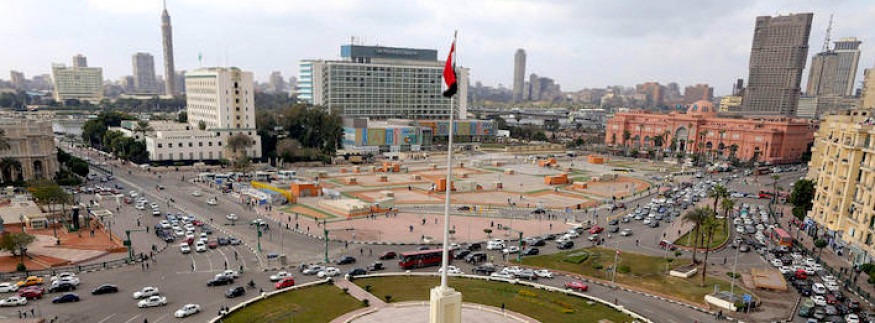Last week, the Egyptian Ministry of Antiquities revealed in a statement that four sphinxes from the renowned Karnak Temple in Luxor will be transferred to Downtown Cairo’s historic Tahrir Square. Furthermore, an ancient Egyptian obelisk from San El-Haggar archaeological site in Zagazig has been moved as well to stand at the iconic site.
At first, when this announcement came out, a circulating Facebook post-falsely-attributed to the Ministry of Antiquities said that the statues will be taken from the historic Kebbash road and moved to Tahrir Square. This rumor did not sit well with a large division of social media users, as many concerned Egyptians took to Facebook to criticize the move. For many, the Kebbash Road, a 2.7-kilometer-long pathway filled with ancient Egyptian statues and the world’s largest open-air museum, had housed its Pharaonic antiquities for thousands of years, and therefore, because of its uniquely-iconic heritage, its integrity should not be altered.

The Egyptian Ministry of Antiquities released a statement on Facebook to discredit the rumor revealing that the sphinxes were not taken from the Kebbash Road but from the courtyard behind the Karnak Temple’s first pylon. These statues once decorated the temple’s second pylon, but during the reign of the late Egyptian dynasties were moved to the courtyard in order to free the second pylon for the construction and installation of the Taharqa column and a group of shrines.
The courtyard contains around 30 sphinxes; four of which have been chosen to decorate the country’s most famous square.
As for the Kebbash Road, it had once connected the Luxor Temple with the Karnak Temple, but over the years, it has lost its luster. In recent years, it has been closed to the public for renovation. Two days ago, the Ministry of Antiquity revealed that the restoration process is near completion, with 90 percent of the road renovated.
The road has about 1,200 sphinxes lining one side of the road sculptured from sandstone and dedicated to the ancient Egyptian god Amun.




